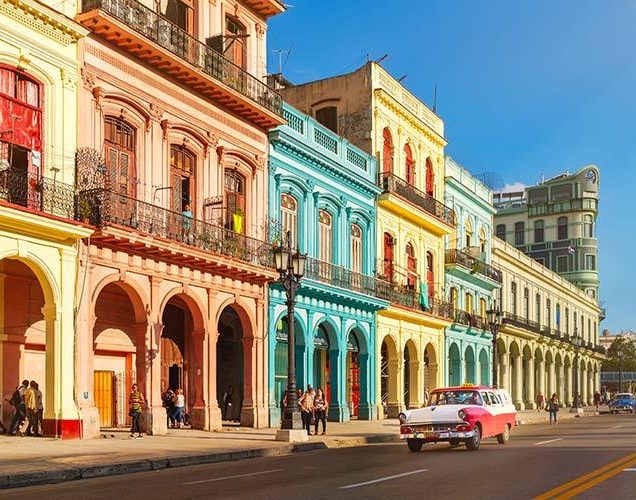
Sunrise at Tikal at the end of the Mayan Calendar
It was 2.40am when our alarms went off. Quietly and in a sleepy haze we lifted our sighing rucksacks onto our backs and trekked down
This charming Carribbean island was built to entice the senses. It’s infectious, it’s magnetic, it’s exactly as you imagined, yet completely full of surprises. There’s nothing more quintessentially Cuban than perching on a bar stool sipping a moorishly-good rum cocktail while the pulsing sounds of salsa fill the streets and the fragrant Cuban cigars fill the air. A Cuba tour will sweep you off your feet and leave you longing to book that second trip.
Cuba seemingly has it all. Vibrant cities, paradise beaches, coastlines teeming with marine life, sunkissed landscapes and an incredible selection of museums detailing Cuba’s fascinating history. With no place in the world quite like it, a holiday to Cuba is sure to be one to remember.
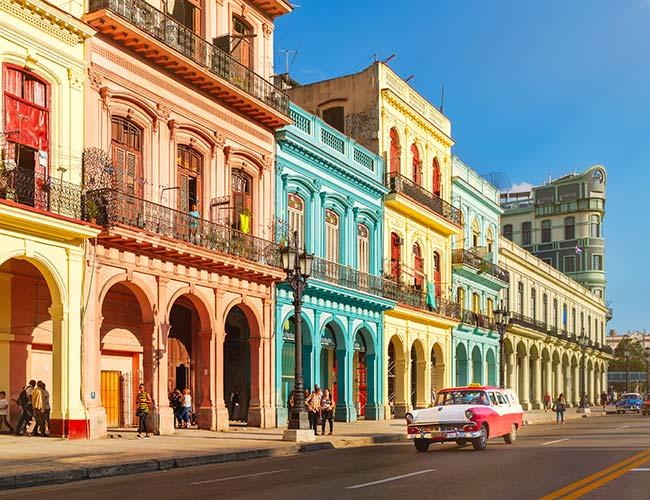
A Cuba tour is a great way to travel this fascinating island. Group tours to Cuba are perfect for solo travellers, couples, families and groups of friends. Tucan Travel are experts in providing tours to Cuba and have a total of 5 incredible itineraries to choose from. The longest tour takes you on a 17 day adventure through the highlights of Mexico and Cuba. Or if you want to focus entirely on Cuba, our Best of Cuba tour really gets under the skin of the culture. All of our tours are accompanied by a Tucan Travel tour leader and include all transport and accommodation.
When travelling Cuba it seems that every city, town, street is more interesting than the last. Cuba is bursting with culture, beautiful architecture and otherworldly landscapes to explore. But where to start? Here’s our pick of some of the best places to go in Cuba.
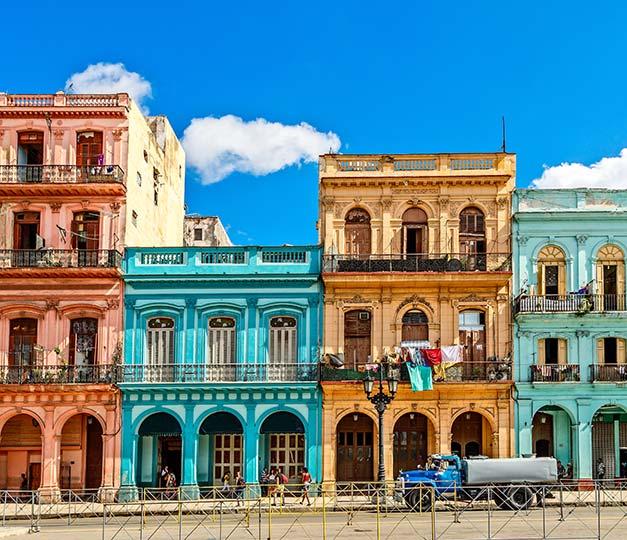
If there is one place you go in Cuba, make it Havana. The city captures the authentic essence of Cuba like no other and is often rated as one of the best places to go in Cuba. From the crumbling, colonial buildings to the winding, multihued side streets buzzing with street performers and musicians. Havana is one of the most vibrant places in the world.
Learn about the unique history by visiting the Castillo el Morro and the Cathedral Havana. Wander through the traditional Almacenes San Jose market to pick up, literally anything, and dawdle along the Malecon, the sea on one side and the colourful buildings on the other. And there is no better place to try one of the most iconic things to do in Cuba. Hiring a classic car in Havana is like a right of passage, and one that shouldn’t be missed!
Many places, especially in smaller towns won’t accept bank cards so make sure you keep a handy stash of cash with you at all times.

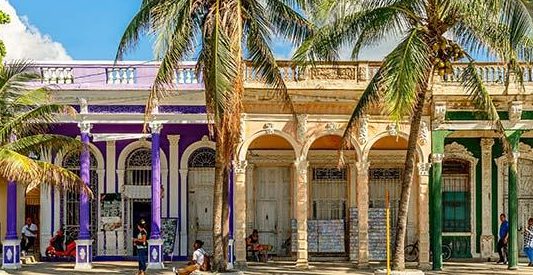
The harbourside town of Cienfuegos is like no other. Where most of Cuba was founded by the Spanish, Cienfuegos was founded by the French. Nicknamed ‘the pearl of the south’, Cienfuegos is often seen as the most beautiful town in Cuba. Centred around the stunning bay of Bahia de Jagua, the town is bursting with culture, galleries and a certain air of sophistication. This is one of those special places where you don’t really need to do anything, just walk around and enjoy.
The entire city of Trinidad is a protected UNESCO World Heritage Site that has been preserved so well that it is a key destination on any tourist map looking to explore Cuba. Trinidad has a charming old centre complete with crumbling buildings and cobbled-stoned, winding streets, and has a myriad of things to do. Visit the Plaza Mayor, soak up some culture at the galleries or have a well-rested day at the beach. Trinidad has it all.
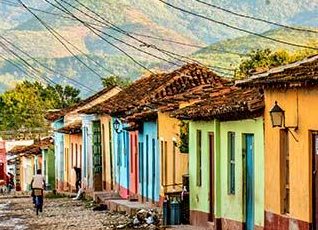
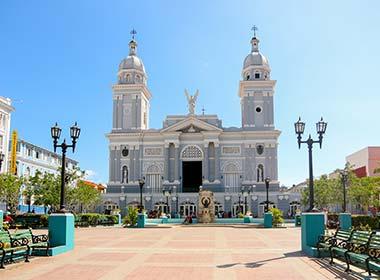
This stunning coastal town is packed with colonial architecture, and infused with a rich history. Perched high on a region of sloping hills which gently fall into the bay, is a vibrant city steeped in Afro-Carribbean culture. Explore the stunning central plaza and the cities incredible nightlife. And if you’re looking for a viewpoint, head out to San Pedro de la Roca – a 17th century fortress – to watch a romantic sunset over the bay.
If you’re interested in the history of Cuba, Santa Clara is the place to go. This was the location of the battle of the Cuban Revolution and has a great museum to explore. Aside from the historical significance of the city, it is a lovely place to visit. There is a great theatre, some fantastic places to eat and a charming historic quarter.
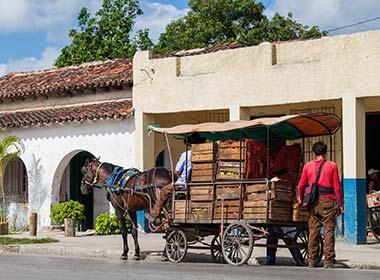
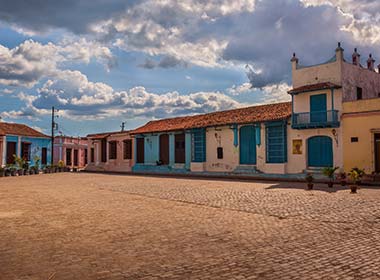
The city of Camaguey is another of Cuba’s cities given the UNESCO World Heritage status. The ‘city of squares’ is full of stunning colonial architecture and streets lined with rainbow houses. Camaguey comprises almost entirely of colonial plazas and cobbled pavements. Ranches, sugar plantations and beautiful beach resorts surround the area and just outside the town, in Playa Santa Lucia, you’ll find one of the best places in Cuba for scuba diving!
Baracoa is a little off the Cuban beaten path but we urge you, it’s well worth a visit. Cuba’s oldest city is equipped with stunning beaches, beautiful architecture and some of Cuba’s best hiking landscapes. People visit Baracoa to explore its well-preserved colonial architecture with the cathedral being one of the town’s hotspots. Baracoa is also a great base for hiking the rainforest-clad mountain, El Yunque.
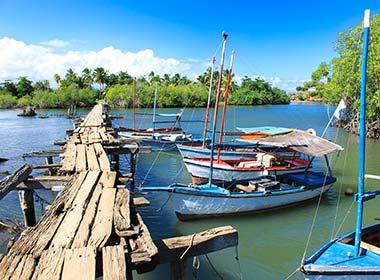
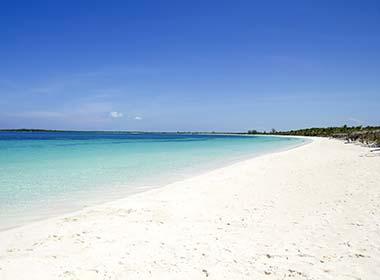
If you consider yourself a bit of a water baby then Cayo Santa Maria is the place to go. A tiny island just off north Cuba’s coast is one of the best places to enjoy some watersports. Although, it’s not only suited for kite surfers and scuba divers, if you just want to soak up some sun, Cayo Santa Maria is home to some of Cuba’s best beaches. Think long, white stretches of sand, beautiful clear seas and a great selection of bars, shops and restaurants.
Another must-see place for sun-worshippers, Varadero is one of the biggest tourist hotspots in Cuba. Located along a 20km stretch of white coast, Varadero is lined with the countries best hotels, restaurants and bars. Now if you’re looking to get a taste of authentic Cuban culture, Varadero is probably not your best option. However, if you’ve been on the road for a while, it’s a great pit stop for a few days of stress-free beach life.
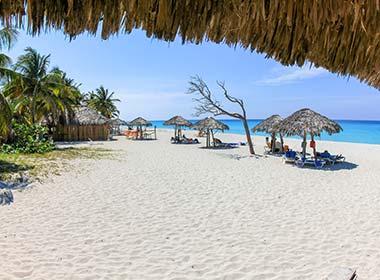
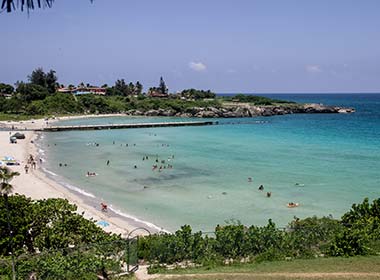
If you’re looking for the perfect Cuban beach but don’t want the heavy crowds which usually come with it, our choice would be Playa Jibacoa. It’s incredibly beautiful and compared to many other of Cuba’s best beaches, it’s relatively secluded and nearly completely free of tourists. Best of all, it’s only an hour away from Havana, so can easily be done as a day trip.
This tiny town, Maria la Gorda may not be one you’ve heard of but it is definitely worth a visit if you’re looking for the best place for scuba diving in Cuba. Almost all of the visitors reaching this town are here for diving. The marine life is rich, abundant and there are regular trips, numerous times throughout the day for divers to explore the marina. If scuba diving isn’t your thing there are also lots of snorkelling-specific trips too.
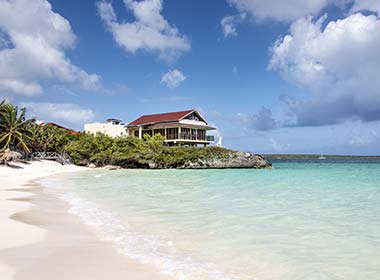
Taking a holiday doesn’t need to put a strain on the wallet. Group tours with Tucan Travel are a great way to explore the incredible country of Cuba, even if you need to stick to a budget. Our tours in Cuba were built to offer the perfect balance between good value for money and authentic, unforgettable experiences. We value our strong relationships with our transport and accommodation suppliers and our local guides. We only work with the best and always ensure that we are supporting local businesses.
Where possible, we use local, family guesthouses and homestays to make your trip as authentic as possible, it also ensures the money spent on tours gets pumped back into the local community. If you still need more reasons to book your Cuba tour with Tucan Travel, without boasting too much, we have won several awards which you can see here, and we have glowing reviews on Trustpilot – just see for yourself!

It was 2.40am when our alarms went off. Quietly and in a sleepy haze we lifted our sighing rucksacks onto our backs and trekked down
We are passionate adventure travelers who want to share the world and our travel experiences with everyone…
This website uses cookies so that we can provide you with the best user experience possible. Cookie information is stored in your browser and performs functions such as recognising you when you return to our website and helping our team to understand which sections of the website you find most interesting and useful.
Strictly Necessary Cookie should be enabled at all times so that we can save your preferences for cookie settings.
If you disable this cookie, we will not be able to save your preferences. This means that every time you visit this website you will need to enable or disable cookies again.
